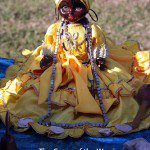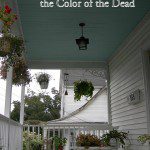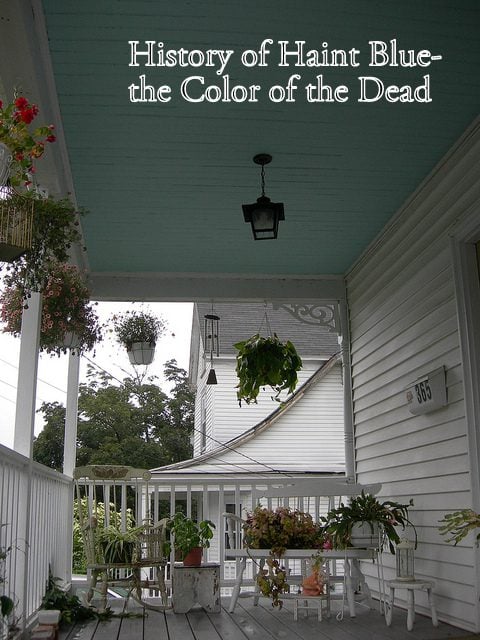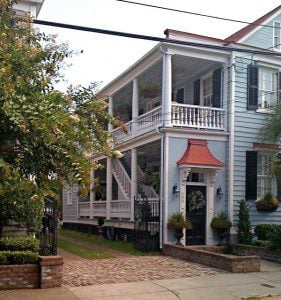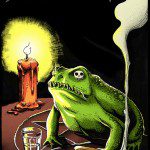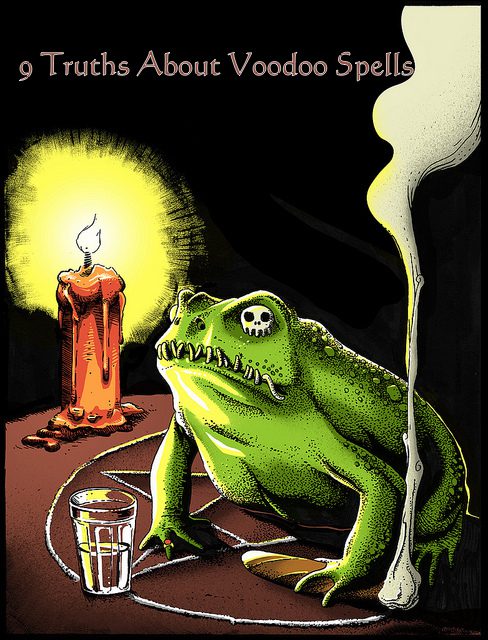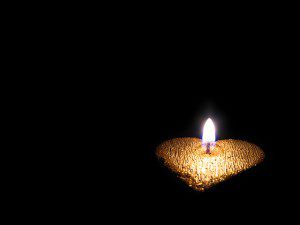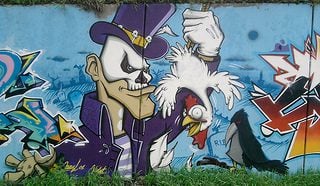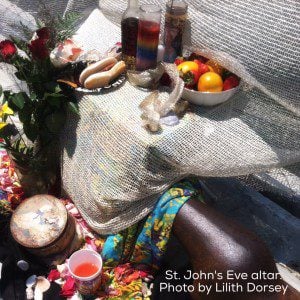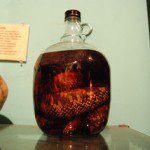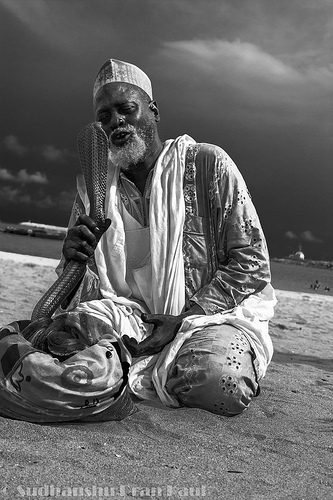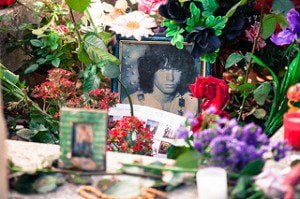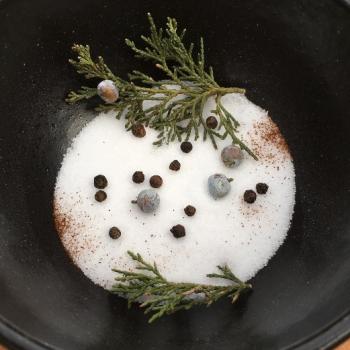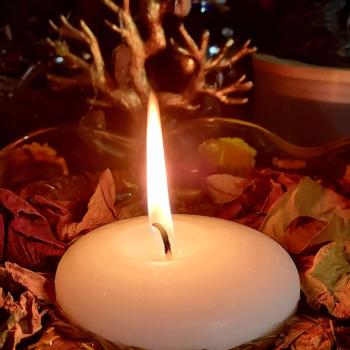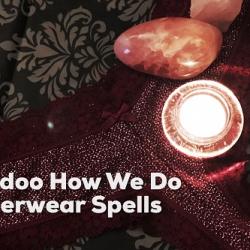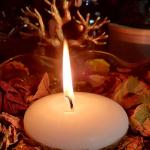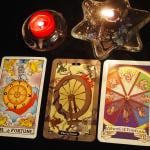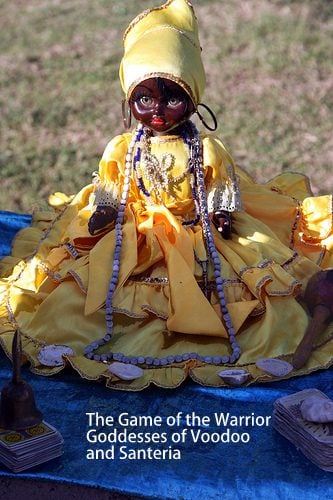
Life is a game, you can buy it at the toy store. (No, I’m only kidding!) But sometimes life is a series of clues, stories and signs to be interpreted and nurtured. Goddesses can help us do that. They can help us roll the dice and move forward in the right direction. In the Afro-Diasporan traditions of Vodou, Voodoo, and Santeria (La Regla Lucumi,) there is an entire legion of goddesses, or divine energies called Loa or Orisha, that have their own strong and intense feminine power. In many spiritual houses people are believed to have guardian spirits, both a mother and a father Orisha to guide them in this divine game of life. Which Orisha rules, guides, and protects a person can be determined in a variety of ways. In Santeria, which is more properly known as La Regla Lucumi, divination is performed by a number of Babalawos until the information is revealed. In Haitian Vodou, sometimes the first Lwa that comes to a person in trance possession is said to be their guardian spirit. In certain Caribbean countries a person’s ruling Orisha or Lwa is determined by their birth family and they grow up with that information to identify and shape themselves. I remember hearing an amazing tale about a teacher asking a group of school children in her creative writing class to write a story about their life. Each one proceeded to write a story about a Loa or Orisha. For these Caribbean children the story of their lives was seen through the divine lens of the instructional religious stories they had been told. Not everyone has these methods at their disposal, a simple way to start discovering which energies are surrounding you at this moment can begin in your garden.
How Does Your Garden Grow?
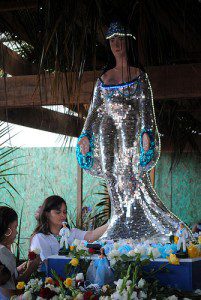
One very popular tactic in Santeria/Lucumi, Hoodoo, and New Orleans Voodoo is to use whatever plants are growing around you in your own herbal spells and preparations. I have even heard some Babalawos suggest to take note of which Orisha is providing you plants to use and “grow” with in your spiritual life. A very extensive list of herb correspondences can be found in Carlos Montenegro’s very informative Santeria Formulary. As always check with your godparents to see your own personalized recommendations for your house, but if that’s not possible or you want some suggestions here are some to get you started:
Oya: Orisha of the Cemetery. She is the Ashe or energy of Change. (Oya is always addressed seperately from Oshun and Yemaya)
Cypress, Dill, Eucalyptus, Violet, Rue, Rosemary, Mugwort
Yemaya: The Orisha of the Sea
Spearmint, Lemon Balm, Indigo
Oshun: The Orisha of the River
Honeysuckle, rose, chamomile, sunflower, plantain
Maman Brigitte: Haitian Loa of the Dead
Chili peppers, chives, lavender
Storytime: The Words for all Time
African-American history is founded in the culture of storytelling. The oral tradition was all displaced slaves had to remember and share their culture. Master Storyteller Valerie Tutson explains ”stories are the way that we figure out who we are.”
In the Afro-Cuban tradition of La Regla Lucumi, or Santeria, the stories are called patakis and they contain extremely valuable lessons about how the world works. Familiarizing yourself with these stories is a great way to better understand these Orisha. You can learn how the goddess of change begins to shapeshift, or how Oshun saves the world with her sweet hips. All these Afro-Diasporan goddesses are warrior goddesses because they fight with whatever they have to emerge triumphant. Many Santeria patakis can be found in Santero Luis Manuel Nunez’s book Santeria.
They Walk, They Talk
In addition to folktales and patakis there are several great pieces of fiction that talk about the magickal world of the spirits. One of the most entertaining in Brazilian writer Jorge Amado’s War of the Saints, where the statues of the Orixas come to life and start walking around. For those of you who might like to see me walk, and talk more about this subject in person, I will be offering the
Warrior Goddesses of Africa and Beyond Workshop at
Brid’s Closet 296 Main St., Cornwall, NY this Saturday, April 19th 2014
We will be discussing movement and trance techniques associated with these goddesses, other sacred plants and foods, and many more ways to connect with these ancient divine energies.


